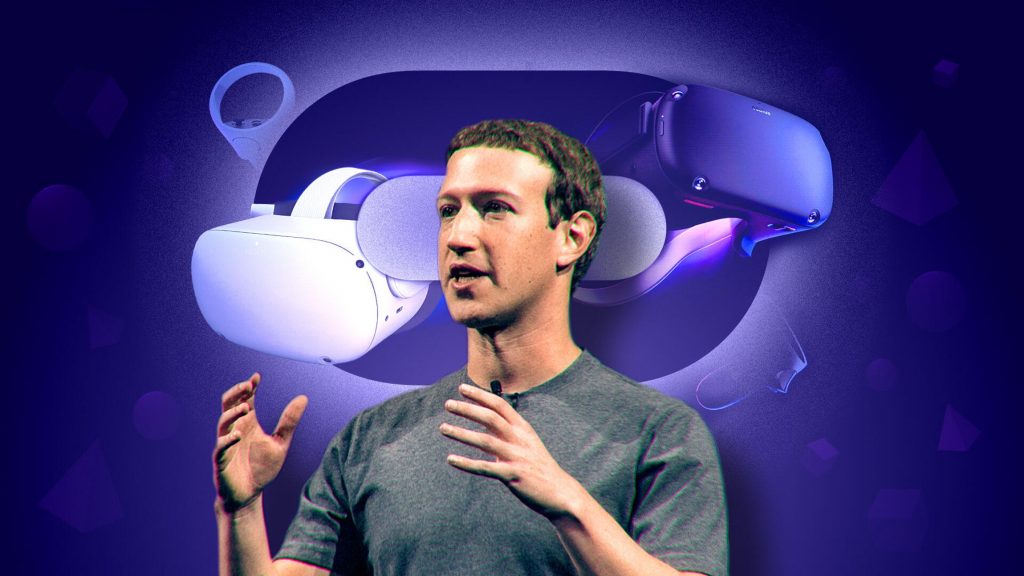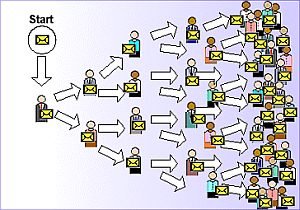Olá buscadores de resultados,
O custo mais do que nunca se torna cada vez mais determinante para a sobrevivência das estruturas de atendimento. Estudos mostram que o custo
unitário de uma interação pelas mídias sociais (ex.: Facebook) pode custar 20
vezes menos do que uma interação pelo telefone.
Ao
reduzir o volume de demandas dos clientes do telefone para outros canais de
atendimento, cada vez mais o modelo tradicional (telefone receptivo + URA +
atendente robotizado) sairá mais caro, reforçando ainda mais que o call center
tradicional não passa de centro de custo e de demandas de baixa complexidade.
E é por
isto que muita gente prega o fim do call center, o fim das PAs e blá, blá, blá.
Transformação do cliente digital
A geração
dos Millennials, que segundo pesquisas, representará 44% da população
economicamente ativa do país até 2025, tem preferido outros canais de
atendimento do que o telefone. O motivo é simples, trata-se de uma população
digitalmente nativa.
Assim as
empresas precisam compreender que o mercado e os consumidores mudaram, e mudam
de maneira disruptiva com a chegada de novas tecnologias, como por exemplo, as mídias
sociais.
A transformação
digital não deve ser entendida simplesmente como a aquisição de IA, adoção de
bots ou implantação de plataforma omnichannel (tecnologia é meio e não fim). Os
consumidores mudaram através do digital em busca de um mundo melhor. É por isto
que a verdadeita transformação é a do cliente digital.
A automação dos processo pode ser um caminho para
superar a expectativa do novo cliente digital, que segundo a Mckinsey
(mckinsey.com) está calcado em 3 pilares: imediatismo,
personalização e conveniência. Pois bem,
com a chegasa da automação, prevê-se que o volume de interações com os clientes
será de maior duração e de maior complexidade. Sobrará para o robô as
interações simples e de baixa complexidade.
Por outro lado, as interações humanas serão cada vez
mais oportunidades únicas e críticas para que as empresas possam oferecer um
serviço diferenciado ao cliente, para se criar as melhores experiencias de
satisfação e para se descobrir oportunidades de vendas futuras (você já ouviu
falar de Customer Success ou Foco do Cliente?).
Enfim, a crescente barra de expectativas dos
clientes tem implicações significativas para as organizações de atendimento ao
cliente em todas as regiões e setores. Este
não é o fim do contact center, mas é certamente um novo começo.
Você concorda ou discorda destas informações? Gostaria de compartilhar
sua experiência conosco? Então deixe um comentário ou escreva um e-mail para
nós.
The end of the call
center?
Hello
results seekers,
The
cost more than ever becomes more and more determinant for the survival of the
customer care service structures. Studies show that the unit cost of
interaction with social media (eg Facebook) can cost 20 times less than
telephone interaction.
By
reducing the volume of telephone customer demand to other service channels,
more and more the traditional model (receptive phone + IVR + robotized
operator) will be more expensive, further reinforcing that the traditional call
center is nothing more than a cost center and demand of low complexity.
And
that´s why a lot of people preach the end of the call center and blah, blah,
blah.
Digital Customer
Transformation
The
Millennials generation, which according to surveys, will represent 44% of the
country´s economically active population by 2025, have preferred other service
channels than the phone. The reason is simple, it is a digitally native
population.
So
companies need to understand that the marketplace and consumers have changed,
and change in a disruptive way with the arrival of new technologies, such as
social media.
Digital
transformation should not be understood simply as acquiring AI, adopting bots
or deploying omnichannel platform (technology is middle and not end). Consumers
have shifted through digital in search of a better world. That is why the true
transformation is that of the digital customer.
Process automation can be
a way to surpass the expectations of the new digital customer, which according
to McKinsey (mckinsey.com) is based on 3 pillars: immediacy, personalization
and convenience. Well, with the arrival of automation, it is expected
that the volume of interactions with customers will be longer and more complex.
The simple and low-complexity interactions will be left to the robot.
On the other hand, human
interactions will be unique and critical opportunities for companies to offer
differentiated service to the customer, to create the best experiences of
satisfaction and to discover future sales opportunities (have you heard about Customer
Success?).
Anyway, the growing bar of
customer expectations has significant implications for customer service
organizations across all regions and sectors. This is not the end of the
contact center, but certainly a new beginning.
Do you agree or disagree with
this information? Would you like to share your experience with us? Then leave a
comment or write us an email.






















